Mental illness doesn’t cause addiction, but the two often become tangled in ways that are deeply personal and painfully real. This complex relationship is known as a dual diagnosis or co-occurring disorder.
If you have a dual diagnosis, you’re not alone. Nearly 19.4 million adults in the U.S. are living with both a mental health disorder and a substance use disorder. That’s about half of all individuals with a mental illness. Understanding how these conditions interact—and what can be done about it—can make all the difference in your recovery.
It’s Not About Willpower
One of the most harmful misconceptions is that addiction is simply a lack of willpower or a moral failing. This couldn’t be further from the truth. Both mental illness and substance use disorders stem from a combination of biological, psychological, and social factors—not character flaws.
Genetics play a significant role. In fact, about 50% of the risk for developing a substance use disorder is heritable. Many of the same genes that affect dopamine regulation—a key player in mood and reward—are linked to conditions like depression and addiction.
Add in a history of trauma, and the picture becomes even more complex. Trauma alters how the brain handles stress and emotion, making some people more likely to turn to alcohol or drugs to soothe their pain. Men are particularly vulnerable, since our society tends to discourage them from sharing their feelings openly or reaching out for help when they are struggling.
Self-Medicating is a Dangerous Coping Strategy
It’s understandable. Someone with panic attacks might take a few drinks to quiet their nerves. Someone haunted by PTSD might smoke marijuana to sleep without flashbacks. But what begins as “taking the edge off” can quickly evolve into a dependence that worsens the original problem.
Pop culture gets this wrong all the time. Characters are often portrayed as either the villainous addict or the brave survivor. Rarely do we see both truths coexist: someone who’s hurting deeply and trying—imperfectly—to survive.
Integrated Treatment Is the Key to a Lasting Recovery
Recovery doesn’t mean erasing what’s happened. It means learning how to move forward—safely, sustainably, and with support. For people living with both a mental health condition and a substance use disorder, this begins with understanding that healing must happen on both fronts.
Integrated treatment is widely recognized as the gold standard for managing a dual diagnosis. Unlike traditional approaches that address mental health and substance use separately—sometimes even in different settings—integrated treatment brings both into focus at the same time.
Why does this matter? Because treating only one half of the issue often leaves the other side unaddressed, creating a revolving door of symptoms, setbacks, and relapse.
Trauma-Informed Care
Many people with a dual diagnosis carry deep emotional wounds. Whether from childhood abuse, domestic violence, chronic neglect, or a single traumatic event, trauma leaves its mark—not just emotionally, but physically and neurologically. Trauma-informed care recognizes this truth and ensures that every aspect of treatment promotes a sense of safety and empowerment.
Instead of asking, “What’s wrong with you?”, trauma-informed providers ask, “What happened to you?” That shift in mindset opens the door to healing.
Some of the most effective trauma-focused therapies include:
- Eye Movement Desensitization and Reprocessing (EMDR). Bilateral stimulation helps the brain reprocess traumatic memories without becoming overwhelmed.
- Somatic Experiencing (SE). Releasing trauma that’s “stuck” in the body helps restore the nervous system’s natural balance.
- Cognitive Processing Therapy (CPT). By challenging the distorted beliefs and negative thought patterns that often follow trauma, CPT promotes healthier emotional responses and coping skills.
Medication-Assisted Treatment (MAT)
When prescribed and monitored correctly, medication can be a powerful tool in a dual diagnosis recovery plan. It’s not a crutch or a shortcut, but a stabilizing force.
For mental health conditions, medications SSRIs (like sertraline or paroxetine) and SNRIs (like venlafaxine) can reduce intrusive thoughts, improve mood, and restore emotional balance.
For addiction, buprenorphine (used in opioid use disorder) can ease withdrawal and reduce cravings. Naltrexone blocks the euphoric effects of alcohol and opioids, making it easier to avoid relapse.
Peer Support Groups
Groups like Dual Recovery Anonymous (DRA) or SMART Recovery are designed specifically for individuals managing both mental illness and substance use. These aren’t spaces for judgment or shame—they’re spaces for honesty, growth, and mutual support.
Members share strategies, celebrate wins, and provide a mirror to reflect back the progress others may not see in themselves. Seeing someone who has been where you are—and is now thriving—proves that healing is possible.
You’re Not Alone
Dual diagnosis recovery isn’t about fixing everything overnight. It’s about honoring your experience, learning how to cope with pain in healthier ways, and finding people who can walk with you on this journey.
At Eagle View Behavioral Health in Bettendorf, Iowa, our team understands how intertwined mental health and addiction can become. We offer compassionate, evidence-based care for people facing dual diagnoses. If you’re ready to take that first step—or even if you’re just thinking about what happens next—reach out today for a free, confidential assessment.






